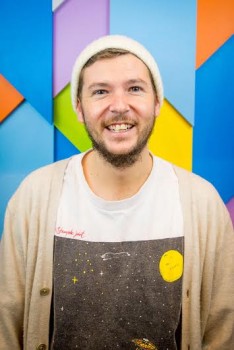Q&A: Spotify’s global creative director Alex Bodman talks social ideas and Justin Bieber
 Australian Alex Bodman is the first global creative director for music streaming service Spotify. In this Q&A he discusses why ‘new’ brands have to be innovative in marketing, his work with social media and how to get Justin Bieber to retweet you.
Australian Alex Bodman is the first global creative director for music streaming service Spotify. In this Q&A he discusses why ‘new’ brands have to be innovative in marketing, his work with social media and how to get Justin Bieber to retweet you.
Six years ago you were a social media manager at Soap Creative. How have you gone from there to lead marketing for Spotify?
“In my career I’ve been lucky to be in the right place at the right time around what was next for the industry.
“About 11 years ago I got my foot in the door at Ogilvy in the digital department, even the direct mail people looked down on us, but I realised after a few months I’ve landed in the right place and I’d always be a digital first and social first creative. I’ve done a tonne of integrated since and we’re now doing a tonne of more traditional marketing in the US, and that’s exciting too; but I’ve been able to shape my career around using digital channels in interesting and unexpected ways.


clever dude and nice read!
Great piece. Thanks for sharing Alex.
Hey Congrats Alex. Good work!
Had no idea you went to Spotify Alex, congrats!
Definitely one of the most inspiring people I’ve ever worked with. Smart move Spotify.